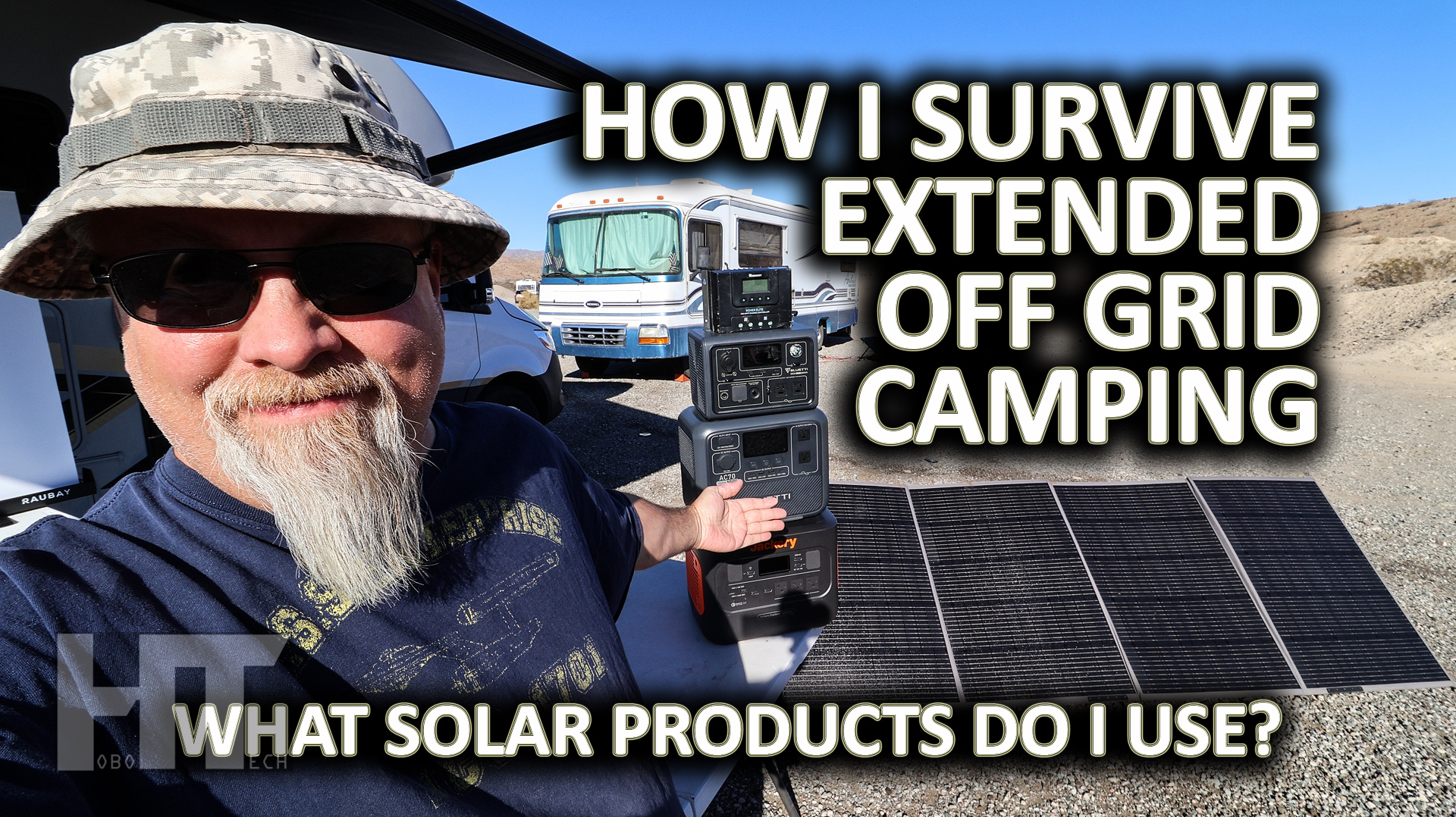
The Professor explains what he uses for powering his RV off the grid in a long term dry camping / boondocking scenario.
Products in this video:
LiTime 100Ah Mini LiFePO4 battery: https://gohobo.io/litimemini use code HOBOTECH Review: https://youtu.be/yI6oseyjMcI BougeRV 200w
Yuma CIGS solar panel: https://gohobo.io/yuma use code HOBOTECH28 Review: https://youtu.be/sjTsq9M-66A
Bluetti PV420 400w solar panel: https://gohobo.io/pv420 Review: https://youtu.be/i4yA7sYPCGQ
Montek 400w solar panel: https://gohobo.io/montek400w
Renogy 2000w Compact inverter: https://amzn.to/3UEJvfY
Bestek 300w inverter: https://gohobo.io/bestek
Victron Battery Monitor: https://amzn.to/42GAHIq
Victron Solar Charge Controllers: https://amzn.to/3wgZO8x
30A Automatic Transfer Switch: https://amzn.to/42EkpzF
Bluetti AC200L: https://gohobo.io/ac200l Review: https://youtu.be/e4wtzD84jdo
Bluetti AC70: https://gohobo.io/ac70ac2a Review: https://youtu.be/smjcrhITT9M
Bluetti EB3A: https://gohobo.io/eb3a Review: https://youtu.be/_vxTRkWui_g
Jackery 1000 Pro: https://gohobo.io/jackery Review: https://youtu.be/3i8UnnRLWrc

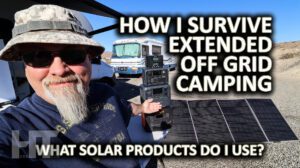
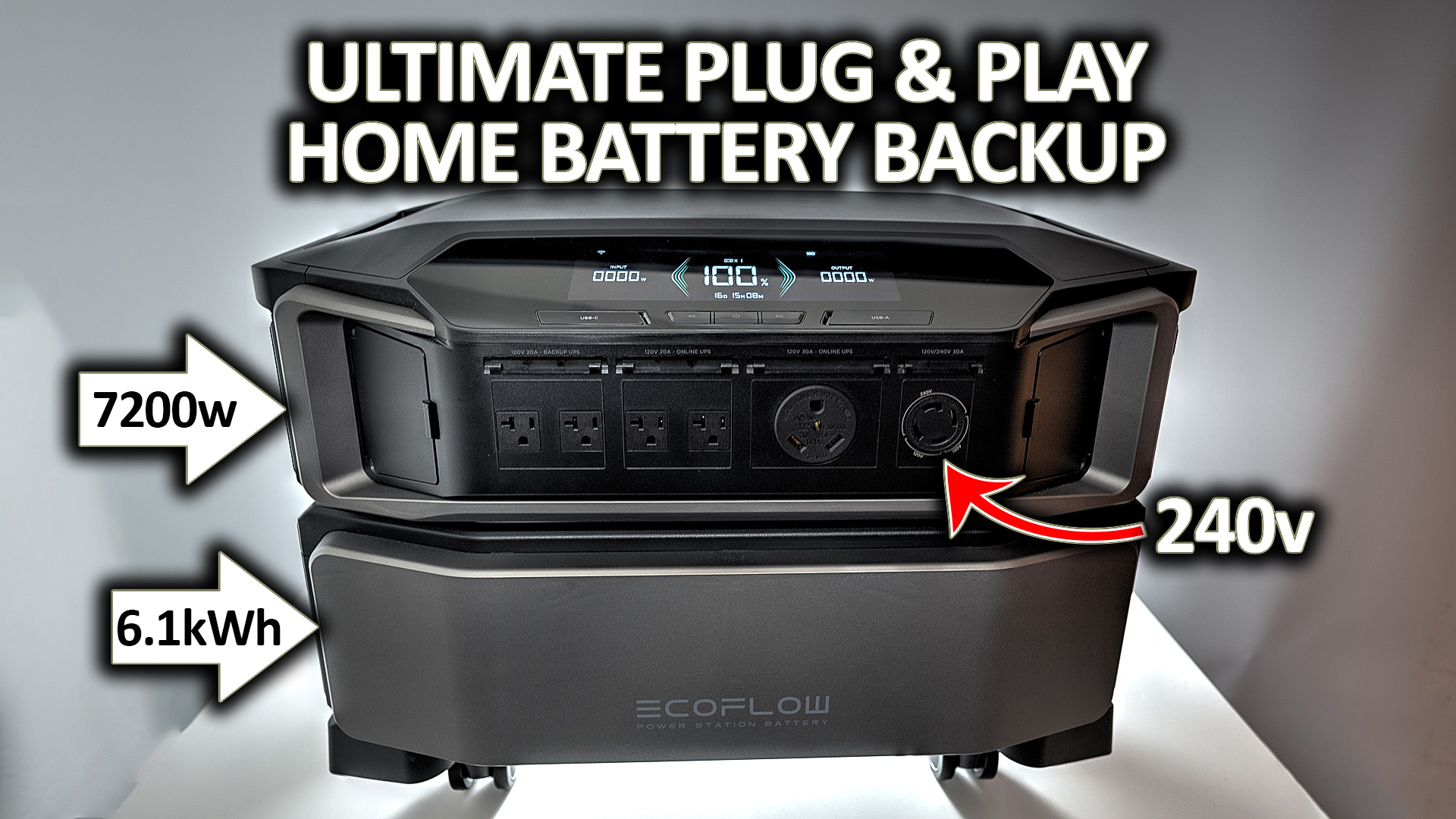
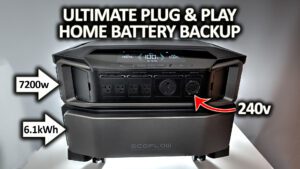
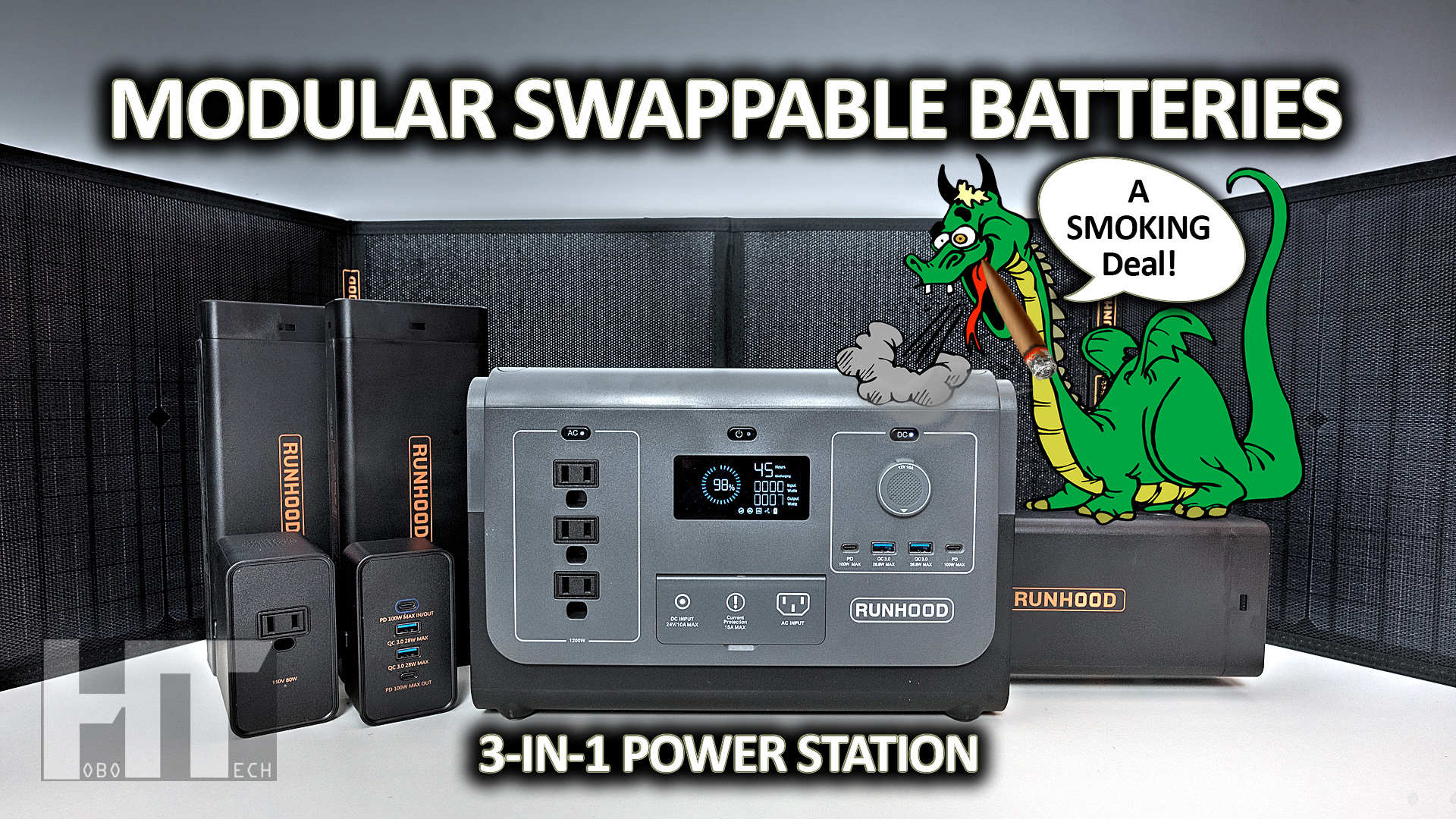

You must be logged in to post a comment.